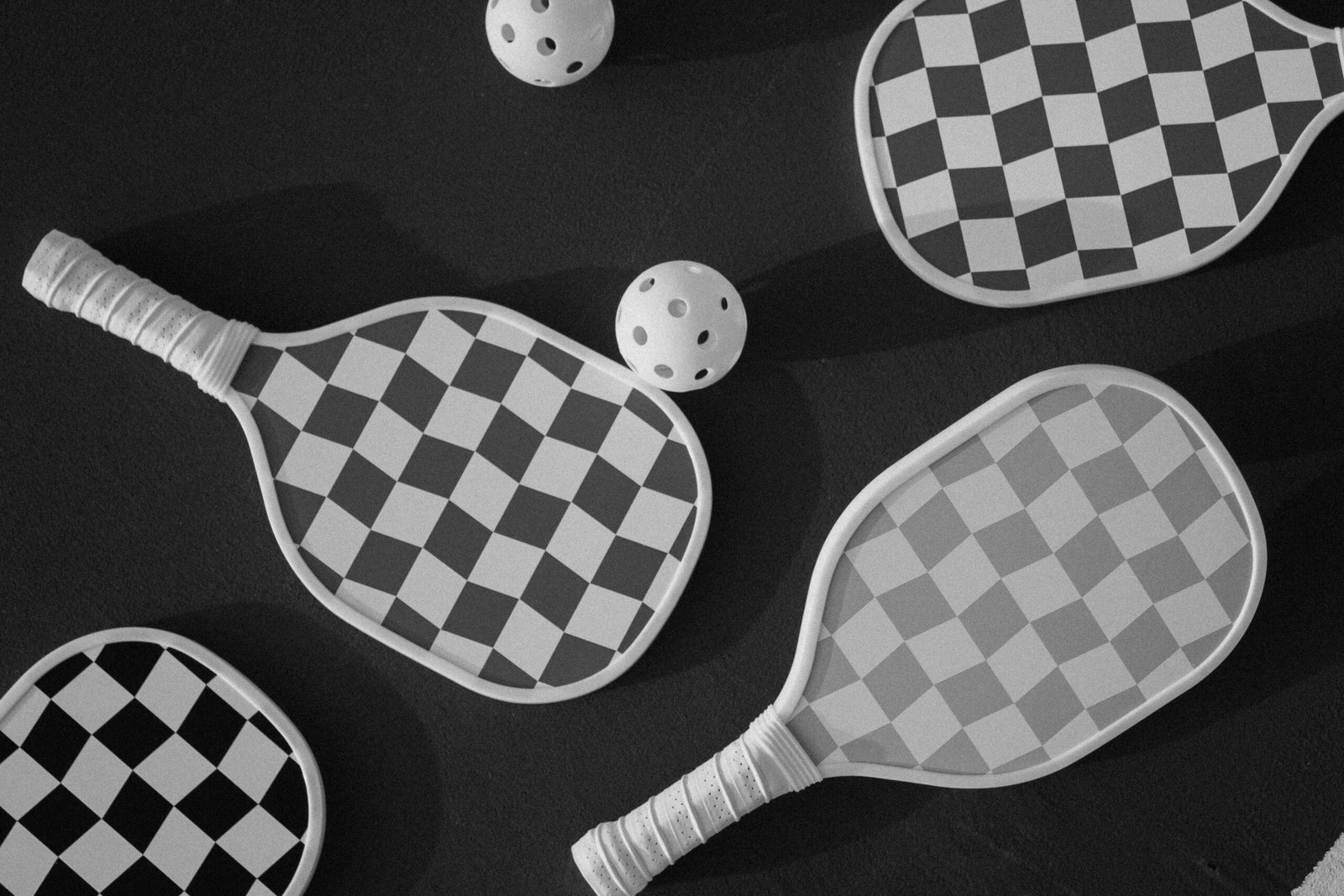Pickleball is often described as a mix between tennis, badminton, and table tennis, but it has its own unique identity and charm. The sport is booming worldwide because it is easy to learn, fun to play, and accessible to people of all ages and abilities. If you are new to pickleball, this walkthrough will give you everything you need to get started on the court.
This beginner’s guide explains the equipment, rules, and basic gameplay of pickleball, while also offering tips to help you feel confident from your very first match.
What Equipment Do You Need?
Getting started with pickleball is simple and inexpensive compared to many other sports. You only need a few essential pieces of equipment:
- Pickleball paddle – Larger than a table tennis bat but smaller than a tennis racket, typically made of lightweight composite or wood.
- Pickleball ball – A perforated plastic ball that looks similar to a wiffle ball. Indoor and outdoor balls differ slightly in design.
- Pickleball net – Set at 34 inches high in the centre and 36 inches at the posts. Portable nets are widely available.
- Court shoes – Supportive shoes with non-marking soles are best for quick movements.
Many recreation centres provide paddles and balls for beginners, so you may not need to purchase your own right away.
Understanding the Pickleball Court
A pickleball court is similar in size to a badminton doubles court, measuring 20 feet wide by 44 feet long. The court includes:
- Baseline – The back line of the court.
- Sidelines – The lines that mark the width.
- Non-volley zone (kitchen) – A 7-foot zone on either side of the net where volleys are not allowed.
- Service areas – Divided into right and left service boxes.
The court’s smaller size compared to tennis makes the game easier to pick up and less physically demanding, but positioning still plays a major role.
The Basic Rules of Pickleball
The rules of pickleball are designed to keep play simple and fair:
- Games are typically played to 11 points, and you must win by 2 points.
- Only the serving team can score.
- The ball must bounce once on each side before players can volley (hit in the air).
- Players cannot volley while standing in the kitchen.
- Serves are made underhand, diagonally across the court.
These rules encourage rallies, strategy, and shot placement rather than relying only on power.
How to Serve in Pickleball
Serving is the starting point of every rally, and it comes with a few key rules:
- The server must stand behind the baseline.
- The serve must be underhand, making contact with the ball below waist level.
- The ball must travel diagonally into the opponent’s service box.
- Only one attempt is allowed unless it is a let serve (when the ball clips the net but still lands in the correct area).
In doubles, both players on a team serve in turn before the serve passes to the other team, except at the very start of the game, when only one player serves.
The Two-Bounce Rule
The two-bounce rule is one of the most important features of pickleball and ensures balanced rallies:
- After the serve, the receiving side must let the ball bounce before returning.
- The serving side must also let it bounce once before hitting it back.
- After these two bounces, players can either volley the ball or play it after a bounce.
This rule prevents the serving team from gaining an immediate advantage and helps rallies develop.
Playing a Rally
Once the serve and two bounces are complete, the rally continues until one team commits a fault. Common rally scenarios include:
- Long exchanges of dinks near the kitchen line.
- Driving the ball hard to push opponents back.
- Using lobs to change pace and force movement.
Rallies can be quick and sharp near the net or extended with more strategic shot placement, depending on the style of play.
Faults in Pickleball
A fault ends a rally and can either result in a point (if you are serving) or a loss of serve. Common faults include:
- Hitting the ball out of bounds.
- Serving into the net or wrong service area.
- Volleying in the non-volley zone.
- Missing the ball completely.
- Violating the two-bounce rule.
Understanding faults will help beginners avoid giving away easy points.
Scoring Basics
In pickleball, only the serving team scores points. The score is announced in three parts during doubles:
- The serving team’s score.
- The receiving team’s score.
- The server number (either 1 or 2).
For example, if the score is 4 for the serving team, 2 for the receiving team, and the first server is serving, the score would be called as “4-2-1.”
In singles, the score is announced in just two parts: the server’s score first, then the opponent’s.
Beginner Tips for Playing Pickleball
Here are some simple tips to help you enjoy your first few games:
- Master your serve – Keep it deep and consistent rather than powerful.
- Stay out of the kitchen – Learn when you can and cannot volley.
- Move with your partner – In doubles, stay connected with your partner’s positioning.
- Focus on placement – Aim for the corners or at opponents’ feet rather than trying to hit winners.
- Be patient – Longer rallies are common, so wait for the right opportunity to attack.
Why Pickleball Is Easy to Learn
Unlike some racquet sports, pickleball has a quick learning curve. Most beginners can start playing rallies within minutes of picking up a paddle. Its smaller court, underhand serve, and simple scoring system mean that new players can enjoy competitive games without needing months of practice.
At the same time, the game offers depth for improvement. Advanced strategies, shot techniques, and fitness can all raise your level as you progress, making pickleball as challenging as you want it to be.
Final Thoughts
Pickleball is one of the most accessible and enjoyable sports in the world today. With just a paddle, a ball, and a net, you can start playing almost immediately. The rules are easy to understand, the gameplay is fun, and the sport offers opportunities for both casual and competitive play.
By learning the basics of serving, scoring, and positioning, you will quickly feel confident on the court. Whether you are playing singles, doubles, or just having fun with friends, pickleball offers a balance of strategy, exercise, and social connection that few other sports can match.
Pick up a paddle, step onto the court, and see for yourself why pickleball has become the game everyone is talking about.


